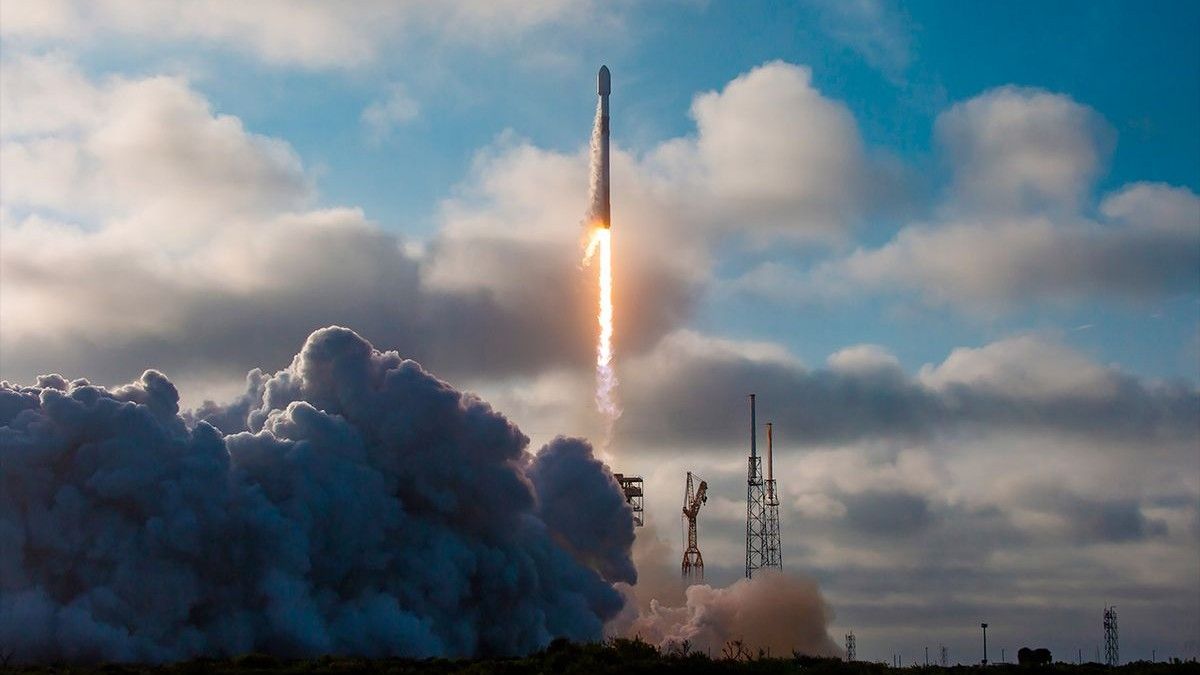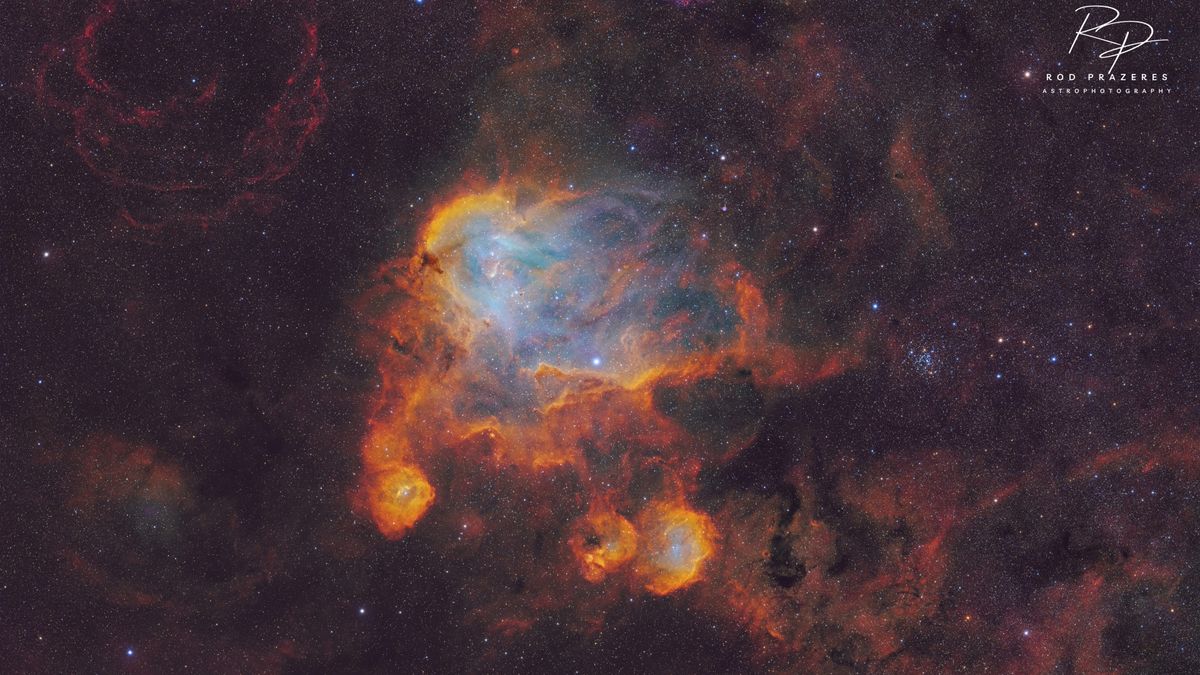In the distant future—about six billion or seven billion years hence—the sun will start to die, swelling up into a bloated red giant. In a span of several hundred million years it will blow away its outer layers, lose about half its mass and leave behind its überhot, überdense, super small core: a white dwarf.
The inner planets will be toast when this happens. Mercury, Venus and most likely even our precious Earth will be literally consumed by the sun and vaporized as their once benevolent host star literally overruns and engulfs them. But what of the outer planets, such as Jupiter and Saturn? They should survive the ordeal, being so far removed from the solar system’s center. Until now, though, there was scant direct observational evidence that such outer worlds can endure the death throes of their sunlike stellar host.
Using the James Webb Space Telescope (JWST), a team of astronomers led by Susan Mullally at the Space Telescope Science Institute targeted four white dwarfs, hoping to get direct images of any large planets that might still orbit them. Two came up empty, but the other two show evidence of extant giant exoplanets still orbiting them. To be clear, these planets have not yet been confirmed, but if the research pans out, they will act as a glimpse into the future of our sun and its worlds—and that future is not exactly a comforting one. The group’s research, which was posted to the preprint server arXiv.org last month, has been accepted for publication in the Astrophysical Journal Letters.
On supporting science journalism
If you’re enjoying this article, consider supporting our award-winning journalism by subscribing. By purchasing a subscription you are helping to ensure the future of impactful stories about the discoveries and ideas shaping our world today.
The four white dwarfs were chosen for JWST’s scrutiny because there seemed to be good chances that they had possessed planets in their pre-red-giant phases—and that any planets still lingering around them should be straightforward to see. They’re relatively near to the sun in the galaxy, making planets around them easier to spot; from too far away the planets and host stars would blend into a single blob. Also, these white dwarfs are young enough that any extant planets should still be glowing in the infrared from the leftover heat of their formation—that is, the younger they are, the warmer they are and the easier JWST can spot them.
Most importantly, though, previous observations revealed that all four white dwarfs have surfaces polluted with heavy elements. White dwarfs are small but massive. They’re about the size of Earth but about half as massive as the sun. This gives them a ferocious surface gravity that is 100,000 times that of Earth. Any heavy elements such as calcium or iron should sink rapidly in their hot hydrogen and helium plasma soup—very rapidly, even within a matter of days. If any elements like that are seen, then, it’s almost certainly because the white dwarf has very recently dined on a snack of asteroids composed of those elements. We know in our own solar system that gravitational interactions with the giant planets commonly fling asteroids and comets down toward the sun. If that happens in other stellar systems—and there’s no reason to suppose that it doesn’t—then seeing those heavy elements smeared across the surface of a white dwarf implies the existence of big, unseen worlds further out from the star.
JSWT is perfect for this search because in visible light, like what Hubble or most ground-based telescopes primarily detect, stars are millions or even billions of times brighter than any of their planets. In infrared the contrast is lower. On top of that, white dwarfs are so hot that they emit most of their light in ultraviolet, making them even fainter yet in infrared, where they may be only a factor of a hundred or so times brighter than a giant planet—easy pickings.
After the astronomers processed and analyzed the images, two of the white dwarf targets, WD 1202-232 and WD 2105-82, appeared to have faint companion objects close by. The estimated ages of these stars are 5.3 billion and 1.6 billion years, respectively. But that includes their extensive histories before entering their white-dwarf denouement. Both made that transition 900 million to 800 million years ago, so they are indeed young, astronomically speaking.
The two candidate companions each have an infrared brightness consistent with that of large gas-giant planets of approximately the same age as their host star. Their mass, inferred from their brightness across multiple wavelengths, is one to seven and one to two times the mass of Jupiter, respectively—firmly in the “planetary” mass range. This rules out the possibility that they are brown dwarfs.
Their orbital distances are very interesting. WD 1202-232’s candidate companion is about 1.8 billion kilometers out from the star, and WD 2105-82’s is even farther away, at circa 5.2 billion kilometers. Those far-flung positions are very unlikely to be where these putative worlds started out, however; as stars die and lose mass, their gravitational grip on their planets weakens, and the planets migrate farther out as a result. This means they probably originated closer in, around 800 million and 1.5 billion kilometers, respectively, from their stars. That’s very similar to the current distances of Jupiter and Saturn from the sun!
If confirmed, these planets would show that the outer planets in our own solar system may very well survive the sun’s demise, even if the inner planets most likely will not.
JWST’s observations also lend support to the hypothesis that giant planets toss asteroids down to their white dwarf host. If no planets at all were found around any of the four target stars, this idea would be weakened; it would potentially imply that perhaps only smaller planets, invisible to JWST, feed their star in this way. (Such small planets, I should note, could still be lurking around the other two white dwarfs where no giant planets were seen.)
But let’s not be too hasty; once again, these planets are not yet confirmed. From their color, the astronomers could rule out these objects being distant stars or objects in our own solar system. They could be very distant red background galaxies, but given how many are seen in the images, the chance of two of them being so apparently close to the white dwarfs is low. The odds are about one in 3,000, according to the astronomers’ calculations. That finding is inconclusive but hopeful.
The best way to confirm them is to take more observations in the near future. The white dwarfs are moving through space and will be seen to change their position relative to background stars. If these objects are truly planets, they will move along with the stars; if they’re background objects, they’ll appear fixed. The uncertainty is certainly frustrating at this moment, but time will tell.
Given the seeming success of these observations, though, hopefully JWST will be monitoring more white dwarfs soon to see if other potential planetary survivors can be found and, with them, more insight into the fate of our own solar system.
Of course, we could just wait six billion or seven billion years to see what’ll happen. But I’d prefer to know sooner, while we still have an unvaporized planet to study it from.
Source link




